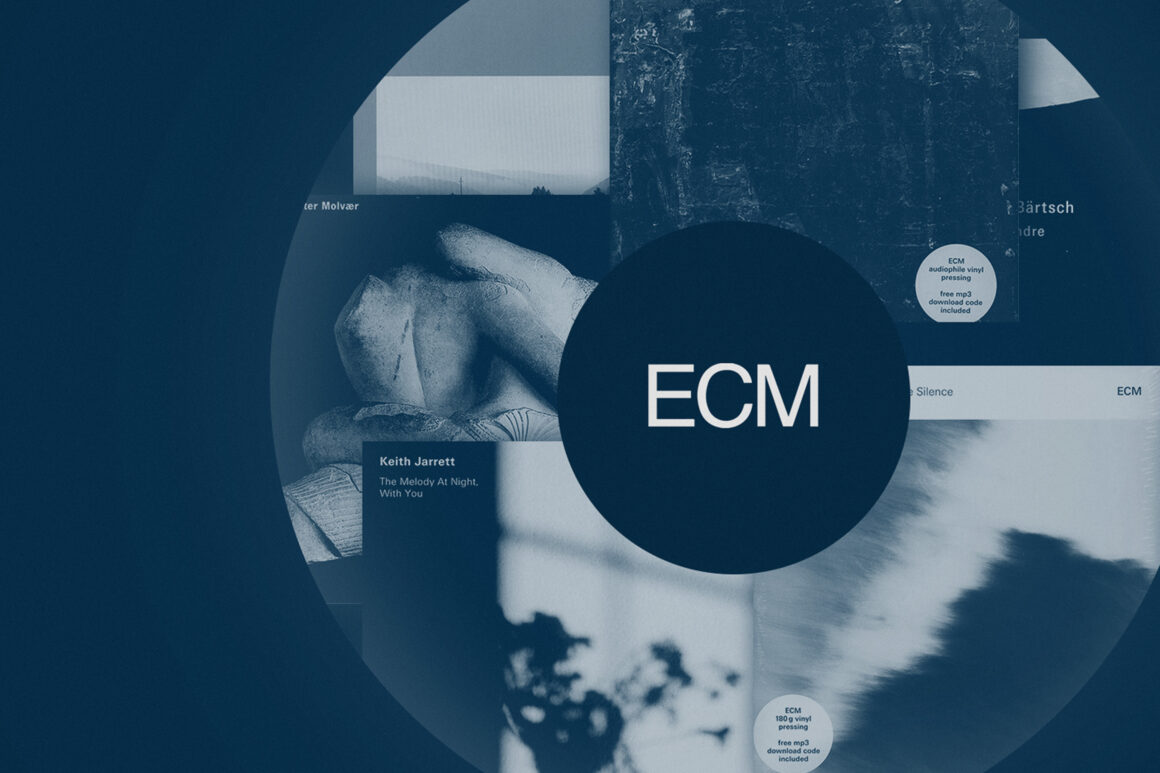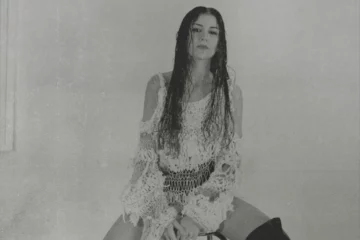Spatial sound for loners
The »Köln Concert« by US pianist Keith Jarrett from 1975 became synonymous with ECM, a live album recorded under adverse conditions in Cologne’s opera house, on which Jarrett once again approached jazz in a completely different way to Garbarek. This was because Jarrett really improvised »freely«, with spontaneously developing melodies or repetitive patterns that could not automatically be assigned to jazz. And it was all very harmonious and catchy, which contributed to his success far beyond jazz listening circles. Even though Jarrett had made his breakthrough two years earlier with the »Solo Concerts: Bremen/Lausanne« with similarly spontaneous approaches, the »Köln Concert« became ECM’s cash cow. With 4 million copies sold, it is considered the best-selling jazz solo album of all time. Bassist Eberhard Weber is at least as important a name for ECM. In addition to his fusion of classical music and epic jazz, such as on his début album »The Colours of Chloë« from 1973, he is regarded as the pioneer of the ECM sound with the unusual sound of his instrument, a malleable, springy electric double bass. His work is still unique in jazz and a highlight of the ECM cosmos. Even if this clear and controlled aesthetic eventually became too much for some listeners, an anticipation of things that have long been taken for granted can be seen in this approach: The systematic work on sound has meanwhile taken on a dimension in music that shapes entire genres.But even the less inclined cannot ignore ECM. That’s because the label hosts a number of jazz greats, including guitarists as diverse as the »Big Three« Bill Frisell, Pat Metheny and John Scofield, who grew up with the label (Frisell, Metheny) or have long been associated with it (Scofield). Or the rather low-key John Abercrombie, who released on ECM until his death in 2017 and could even coax poetry out of guitar synthesisers. Also loners on the six strings like David Torn or the Norwegian guitarist Terje Rypdal can be cited as examples. ECM took an interest in eccentric musical positions early on. The stylistically dazzling pianist Carla Bley is just as much a part of the label as the performance artist Meredith Monk, who straddles the line. The latter recently released a large box set of her albums. A major work of minimal music, Steve Reich’s »Music For 18 Musicians«, also appeared in its first recording on ECM from 1978. And one of the great piano cycles of the 20th century yet to be discovered, Hans Otte’s »Buch der Klänge« (Book of Sounds), which ties in with minimalism, was interpreted with sensitive elegance by pianist Herbert Henck.»The systematic work on sound has meanwhile taken on a dimension in music that shapes entire genres.«













